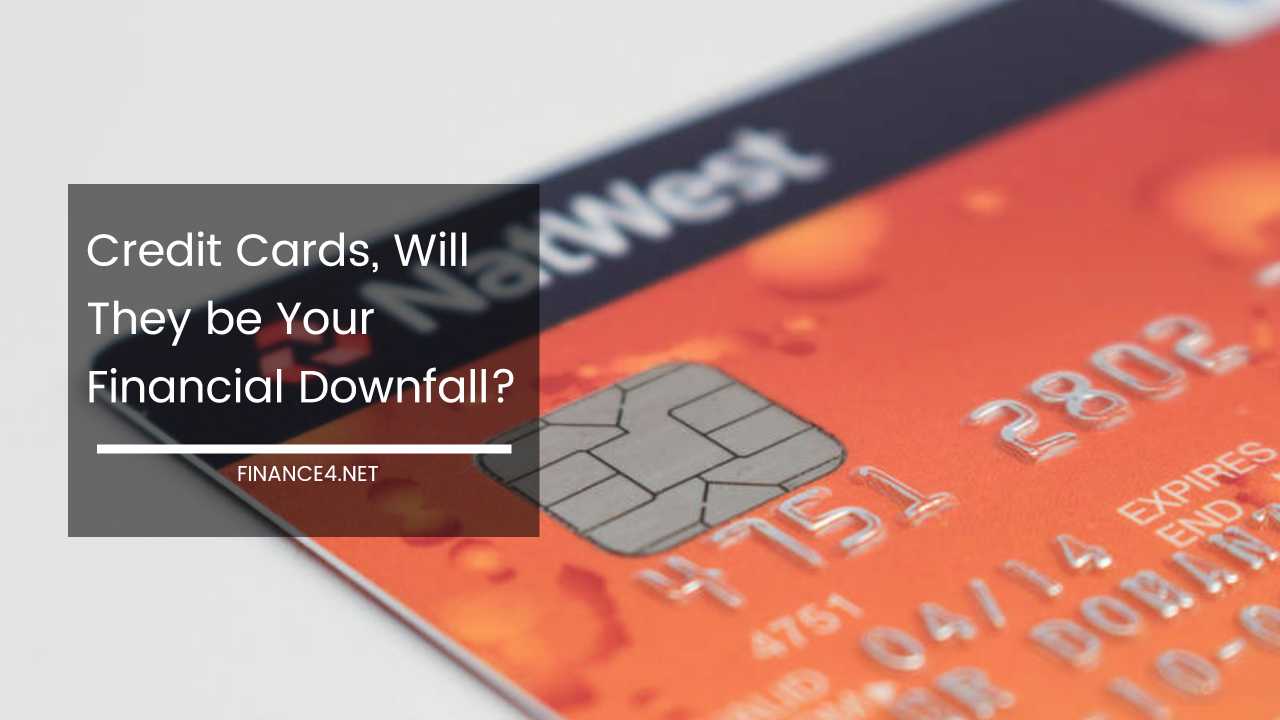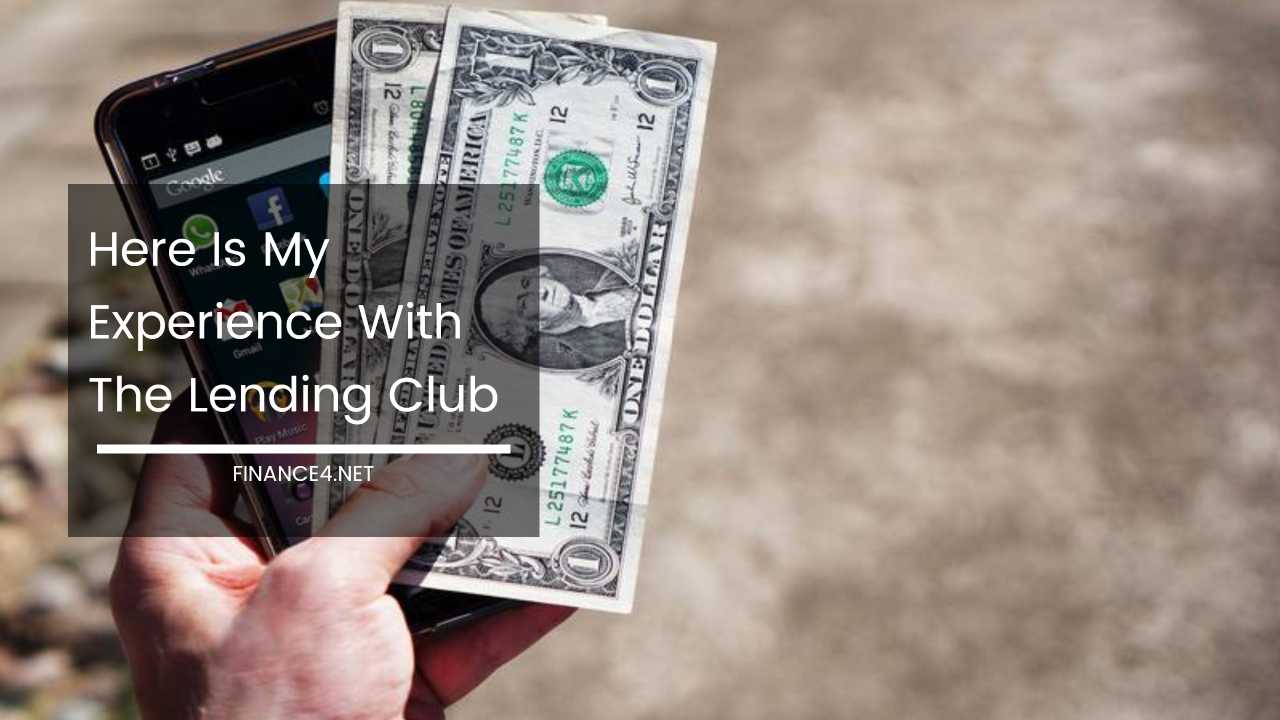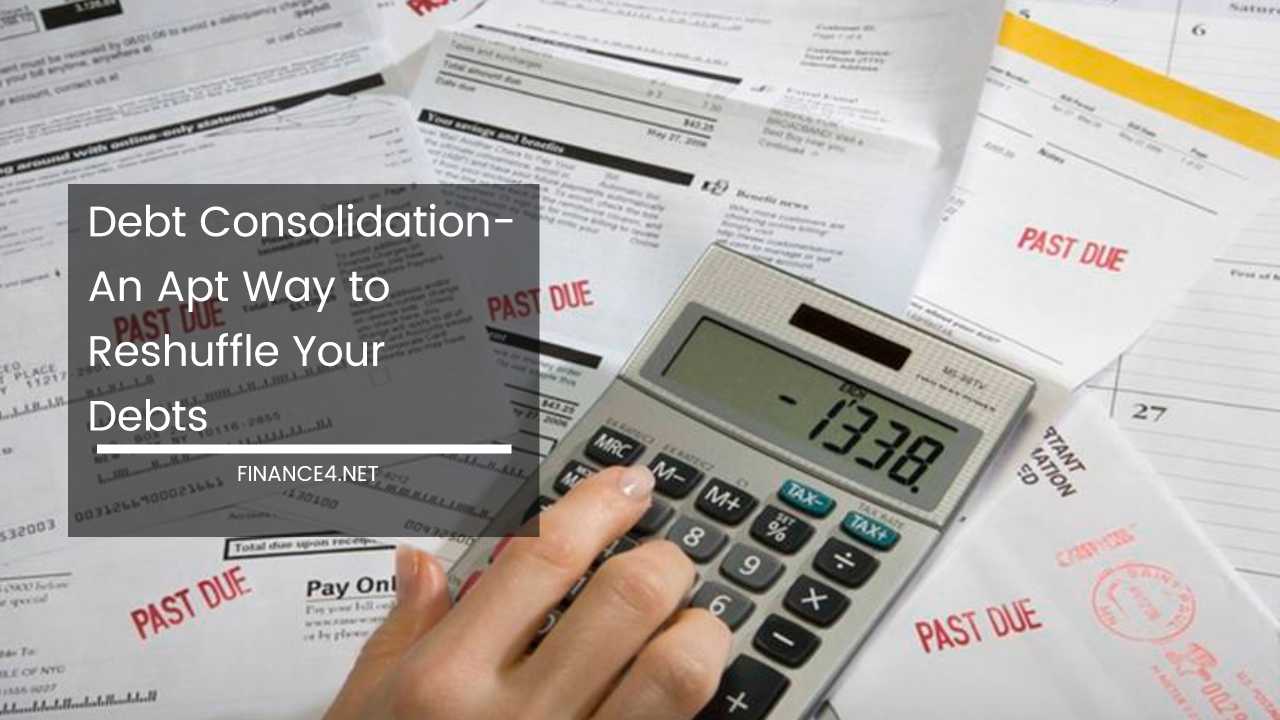Credit Cards, Will They Be Your Financial Downfall?

Credit Cards: A Double-Edged Sword – Navigating the Labyrinth of Debt and Building Financial Security
The Plastic Paradox
In the ever-evolving landscape of personal finance, credit cards have become ubiquitous. Their presence in wallets signifies not just convenience, but also a double-edged sword – a potential path to financial empowerment or a perilous descent into debt.
This essay delves into the complexities of credit card use, exploring the factors that contribute to both its benefits and pitfalls, while equipping individuals with the knowledge and strategies to navigate this financial labyrinth responsibly.
The Allure and the Trap: A Delicate Dance with Debt
Credit cards offer undeniable advantages. They act as a springboard for building a positive credit history, a crucial factor in securing loans for major life milestones like purchasing a home or car.
Additionally, many cards incentivize responsible spending through reward programs offering cashback, travel points, or other perks.
However, the inherent ease of using credit cards can be a deceptive trap. Unlike cash, which necessitates mindful spending due to its tangible limitations, credit cards create an illusion of limitless funds.
This, coupled with the psychological allure of instant gratification, can lead to impulsive purchases exceeding one’s means.
The Downward Spiral: The Crippling Grip of Unmanaged Debt
Uncontrolled credit card use can have severe consequences, often leading to a financial quagmire:
- Crippling Interest Rates: Credit card debt carries exorbitant interest rates, often exceeding 20% annually. This usurious burden can quickly snowball a small debt into a significant financial albatross.
- Missed Payments and Credit Score Damage: Missing payments not only incur additional penalties but also severely damage your credit score. This numerical representation of your creditworthiness directly impacts your ability to secure future loans at favorable rates, hindering your access to essential financial tools.
Beyond the Individual: A Societal Ripple Effect
The ramifications of widespread credit card debt extend far beyond the individual.
- Financial Market Instability: Rising credit card delinquencies can negatively impact the financial services industry. This can lead to stricter lending practices, hindering economic growth and reducing access to credit for businesses and individuals alike.
- Debt Burden on Society: Unmanageable personal debt can lead to increased reliance on social safety nets, placing a strain on national resources and hindering investments in crucial areas like education and infrastructure.
Financial Literacy: Empowering Individuals for Responsible Credit Use
The cornerstone of navigating the credit card landscape effectively lies in fostering financial literacy.
- Promoting Financial Education: Implementing comprehensive financial education programs, starting from a young age, equips individuals with the knowledge to make informed financial decisions. This includes understanding basic financial concepts like budgeting, compound interest, and the true cost of credit.
- Budgeting and Expense Tracking: Encouraging individuals to create realistic budgets and diligently track their spending empowers them to identify areas for potential cuts and prioritize debt repayment. Utilizing budgeting apps and financial management tools can further streamline this process.
Strategies for Maneuvering the Maze: Responsible Credit Card Use
- Prioritize Debt Repayment: Develop a strategic debt repayment plan. Consider the debt snowball method (paying off smaller debts first for a sense of accomplishment) or the avalanche method (focusing on debts with the highest interest rates to minimize long-term interest accrual).
- Curbing Impulse Purchases: Implement a “cooling-off” period before acquiring non-essential items. Ask yourself if the purchase aligns with your budget and long-term financial goals.
- Exploring Alternative Payment Methods: Utilize debit cards or cash for everyday purchases to maintain control over your spending habits. This instills a sense of accountability and discourages overspending.
Building a Safety Net: Financial Protection Measures
The importance of financial safeguards, especially for individuals who rely heavily on credit cards, cannot be overstated:
- Emergency Funds: Building a robust emergency fund acts as a buffer during unexpected financial hardships, preventing the need to resort to credit cards. Aim to save 3-6 months’ worth of living expenses to address unforeseen situations.
- Disability Insurance: Consider disability insurance to protect your income in case of an illness or injury that prevents you from working. This financial safety net ensures your ability to meet your obligations even during challenging times.
Consumer Advocacy and Responsible Lending Practices
The issue of potential misinformation regarding financial protection necessitates a multi-pronged approach:
- Consumer Protection Regulations: Enacting stricter regulations on lending practices can safeguard consumers from predatory tactics. This includes ensuring transparency in loan terms, highlighting associated fees, and requiring clear communication of interest rates and potential consequences of missed payments.
- Financial Literacy Initiatives: Equipping individuals with the knowledge to decipher loan agreements, understand interest rates, and identify hidden fees empowers them to make informed financial decisions.
- Promoting Financial Counseling Services: Financial institutions can collaborate with non-profit organizations to offer accessible financial counseling services. This can provide individuals with personalized guidance on managing debt, budgeting effectively, and exploring debt consolidation options.
- Alternative Credit Products: Developing responsible credit products with lower interest rates and transparent terms can cater to individuals who may not qualify for traditional credit cards. This fosters financial inclusion and reduces reliance on predatory lenders.
The Power of Financial Planning: Building a Secure Future
Credit cards, when used strategically and responsibly, can be a valuable financial tool. Financial planning goes beyond simply managing credit card debt; it encompasses a holistic approach to securing your financial future:
- Setting SMART Financial Goals: Define Specific, Measurable, Achievable, Relevant, and Time-bound financial goals. This could include saving for a down payment on a house, planning for retirement, or funding your child’s education.
- Investment Strategies: Explore various investment options aligned with your risk tolerance and financial goals. Consider seeking professional financial advice for personalized guidance. Diversifying your portfolio across asset classes like stocks, bonds, and real estate can help mitigate risk and achieve long-term financial objectives.
Final Thoughts: Credit Cards as Tools, Not a Crutch
Credit cards are powerful financial instruments, but wielding them effectively requires a commitment to responsible financial management.
Financial literacy coupled with a proactive approach to budgeting, debt repayment, and long-term financial planning empowers individuals to navigate the complexities of credit card use and unlock its potential benefits.
Remember, credit cards are tools, not a crutch. By prioritizing responsible use, building financial safeguards, and fostering a culture of financial literacy, individuals can harness the power of credit cards to achieve their financial goals and build a secure future.



